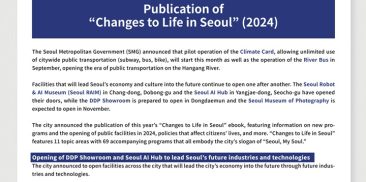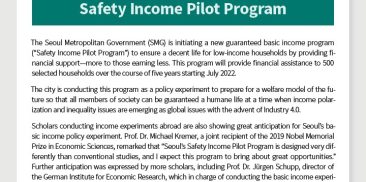ソウルの文化遺産
-
37. Gilsangsa Temple
-
ソウルの文化遺産 登録日投稿者SMG ヒット4,068This temple is located in a neighborhood at the foot of Samgaksan (referring to the three peaks, namely, Baegundae, Insubong, and Mangyeongbong, of Bukhansan Mountain). Even its entrance has a unique atmosphere unlike that of other temples. Its entrance consists only of an Iljumun (One Pillar Gate) with a lofty roof, while ordinary temples are supposed to have a Sacheonwangmun (Gate of the Four Heavenly Kings) and a Burimun (Gate of Non-Duality) at the entrance. Until the 1970s, the Gilsangsa Temple used to be an upscale gisaeng (Korean geisha) house where politicians engaged in closed-door meetings. Its owner, Kim Yeong-han (1916~1999; aka Jinhyang), became a gisaeng at the age of 16. At 22, she met the poet Baek Seok, whom she came to regard as the love of her life. The two met each often for years, but she could not marry him due to her social status as a gisaeng. Later, the poet defected to the North and never returned. Left alone in the South, she applied herself to academic research. In the 1950s, she opened a Korean restaurant, Daewongak, in Seongbuk-dong. The restaurant came to be known as one of the three leading gisaeng houses in Seoul in the 1970s, when closed-door politics reached its extreme. After discovering the non-materialistic philosophy taught by Monk Beopjeong, she decided to donate the Daewongak to him in 1987, but he flatly rejected her proposal. However, she persisted for ten years until, finally, the monk gave in and it was transformed into Gilsangsa Temple.
Like It
236 人がいいね!と言っています。







